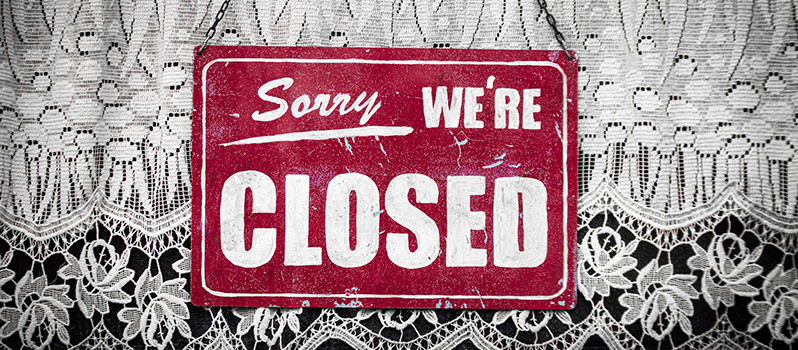
Coverage Guidelines for Vacant Commercial Buildings
By Linda Ziegler, Commercial Underwriting Consultant
Many businesses have struggled during the past year. Almost all have needed to operate in a different way, and some have been forced to close their doors to keep everyone safe during the pandemic. In some instances, whole buildings have been left vacant or unoccupied. What does the Commercial Properties policy say about vacancy periods and what should an underwriter be aware of in those instances?
The CP12 1.0 – Building and Business Personal Property form outlines the limitation of coverage by stating the following:
- Vacancy — Unoccupancy
We do not pay for loss caused by attempted theft, breakage of building glass, sprinkler leakage (unless you have protected the system against freezing), theft, vandalism, or water damage occurring while the building or structure has been:
- vacant for more than 60 consecutive days; or
- unoccupied for more than
- 60 consecutive days; or
- the usual or incidental unoccupancy period for the described premises, whichever is longer.
The amount we pay for any loss that is not otherwise excluded is reduced by 15%.
Unoccupied means that the customary activities or operations of the described occupancy are suspended, but business personal property has not been removed.
The building or structure shall be considered vacant and not unoccupied when the occupants have moved, leaving the building or structure empty or containing only limited business personal property. Buildings or structures under construction are not considered vacant or unoccupied.
A commercial insured, due to COVID restrictions or other reasons, may have periods of vacancy or unoccupancy. This may lead to issues or misunderstandings about coverage in the event of a loss. An agent should be sure the insured understands the limitations of coverage.
The underwriter should consider the following when a building is unoccupied or vacant:
- How long is the building expected to be vacant? Is there a plan in place to occupy the building in the near future or will the building be sold?
- What is the financial condition of the business? Are there funds to maintain the building for an indefinite period of time?
- Who checks on the building? How often are checks made?
- How old is the building and its electrical, HVAC, plumbing and roof? Are the utilities maintained while the building is unoccupied?
- Have arrangements been made for snow and ice removal and/or lawn care?
- Where is the property located? Can neighboring properties see the insured building? What would the fire department’s response time be?
A carrier may wish to limit perils offered and/or increase the property deductible for vacant buildings. These options will help to limit loss.
Those vacant buildings that are well cared for and checked on often may be offered the option to remove the vacancy clause found in the coverage form. This is accomplished by rating for an additional premium charge and attaching the CP170-Vacant or Unoccupancy Permit. There are two rules described in the Commercial Properties manual depending on if the vacancy occurs during the policy period (Rule 8.27.1) or if the vacancy or unoccupancy is known at policy inception (Rule 8.27.2). The Vacant or Unoccupancy Permit form is a typed form and you must indicate the permit period and any perils exceptions.
A new underwriting guide, Vacant Buildings, is available on the secure WRC website under Commercial Lines Underwriting > Classification Underwriting Guides. The guide should be consulted for additional information regarding any commercial vacant building. Your WRC underwriting consultants are available to discuss your options for these types of buildings or other underwriting concerns. Please contact us with any questions.
